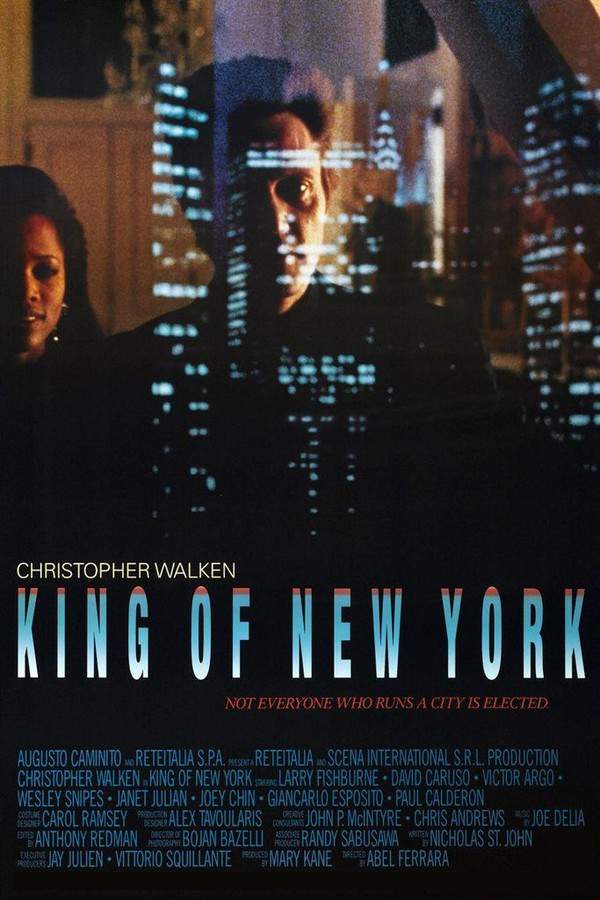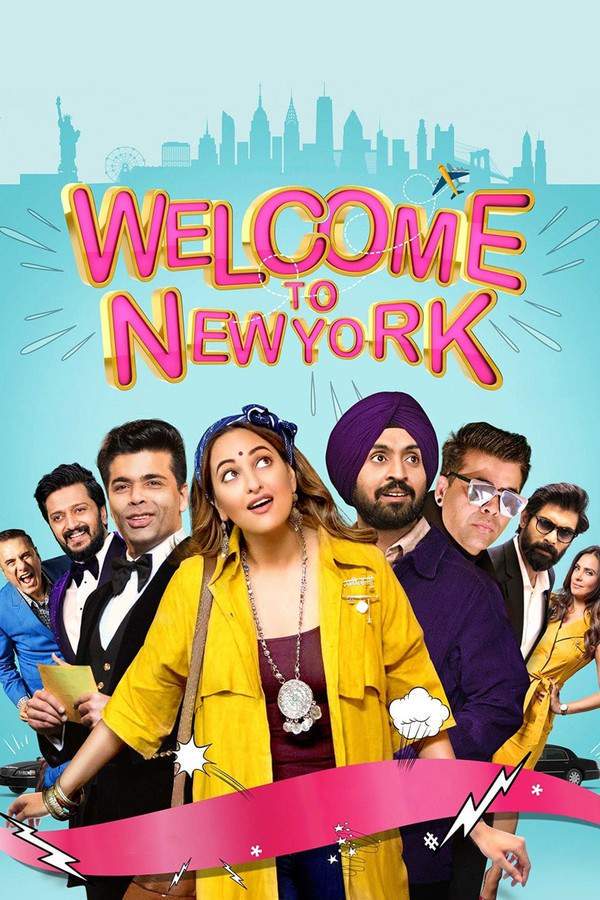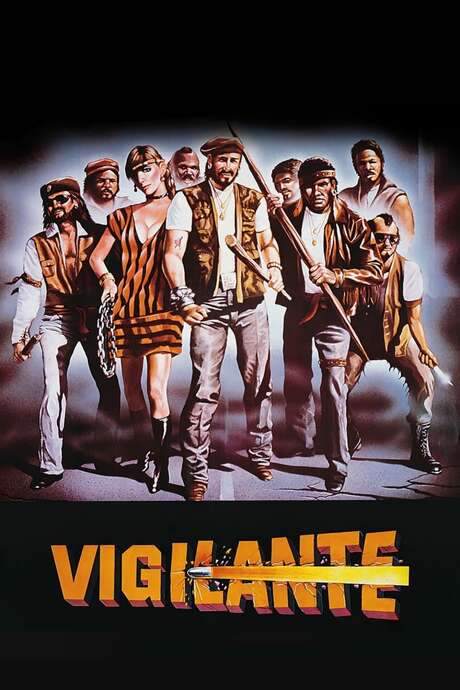
Last Exit to Brooklyn
Year: 1989
Runtime: 103 mins
Language: English
Director: Uli Edel
Based on the controversial novel, the film follows a gritty portrait of 1950s Brooklyn, where a diverse group of residents struggle against harsh social pressures. A union strike leader confronts his hidden homosexuality, a prostitute unexpectedly falls for a client, and a family reels from the shock of their daughter’s out‑of‑wedlock pregnancy.
Warning: spoilers below!
Haven’t seen Last Exit to Brooklyn yet? This summary contains major spoilers. Bookmark the page, watch the movie, and come back for the full breakdown. If you're ready, scroll on and relive the story!
Last Exit to Brooklyn (1989) – Full Plot Summary & Ending Explained
Read the complete plot breakdown of Last Exit to Brooklyn (1989), including all key story events, major twists, and the ending explained in detail. Discover what really happened—and what it all means.
In 1952 Brooklyn, the six-month strike at a local factory threads through the lives of a diverse group of workers, their families, and the tight-knit world they inhabit. At the heart of the narrative is Harry Black, a shop steward who relishes his elevated role as strike secretary not only because it pays more, but because it keeps him away from a home life where his wife remains unaware that he is gay. The negotiation table is personified by Boyce, the union leader who tries to broker a ceasefire between factory management and the union’s ranks, all while the clock ticks toward a decisive showdown.
Amid the turmoil on the picket lines, Tralala moves through a parallel, troubling world. A prostitute who lures sailors to a vacant lot, she becomes entangled in robbing them with Vinnie, an ex-convict and her pimp. The dynamics around Tralala deepen the film’s examination of power, vulnerability, and survival. Georgette, a young transgender woman, harbors a quiet, dangerous longing for Vinnie, adding a layer of longing and risk to the strife that surrounds the strike. The tension among the workers spills into personal lives as Big Joe faces a painful family truth: his daughter is pregnant out of wedlock by Tommy, a fearless, motorcycle-riding worker whose presence stirs conflict within the strike office.
The revelation triggers a violent confrontation with Joe, opening a fracture that tests loyalty and love alike. Tommy, who agrees to marry Joe’s daughter, becomes a focal point for both reconciliation and strain, and the baby’s arrival shifts the emotional stakes. The wedding is a moment of fragile hope, a chance for a new beginning even as the tensions of the strike press in on every side. In the shadows of the celebrations, Harry encounters Regina, a transgender woman who captivates him, and his growing affection marks a deeper, more complicated chapter in his life. As the strike intensifies, trucks begin to roll toward the factory, and the workers’ vigil turns violent when they attempt to stop their passage, prompting a confrontation that leaves Harry battered but celebrated as a hero by the rank and file.
The strike leadership, including Boyce, grapples with the reality of the contractor’s trucks and the leverage of the workers’ demands. Vinnie’s world collides with the strike’s moral boundaries when he is brought into contact with the leadership, who see an opportunity to strike a more dramatic blow by targeting the trucks. Yet the human cost rises as Harry’s professional and personal lines blur; a misused expense and an absence on the morning the trucks arrived lead to his dismissal, a blow that drives a wedge between him and Regina and leaves him vulnerable to further harm at the hands of Vinnie and his crew. The cycle of abuse culminates in a brutal night where Georgette’s involvement is coerced within the gang’s dynamics, compounding the film’s unflinching exploration of power, coercion, and vulnerability.
Parallel to these upheavals, Tralala’s life takes a heartbreaking turn. She forms a tenuous bond with a kindly sailor in Manhattan who appears to truly care for her and pledges to return from war, leaving her with a note that speaks to a fragile hope for redemption. Unable to sustain that hope, she wanders into a familiar haunt, where she exposes herself to a mixed group of locals and sailors, an act that spirals into a brutal gang rape. The assault leaves Tralala catatonic on a mattress, a stark and devastating outcome that underscores the film’s unflinching reckoning with exploitation and violence. It’s a turning point that a young man in Joe’s circle eventually discovers, adding another layer of tragedy to the intertwined fates on screen.
As the narrative threads converge, the wedding at Tommy’s union becomes a fulcrum for the community’s strain and resilience. When Boyce announces that management has yielded and the factory will reopen on Monday, there is a moment of communal relief and celebration, a fragile sense of closure that sits uneasily beside the scars left by months of conflict. The following Monday, as workers return to their posts, Joe opens his arms to welcome Tommy into the family, offering heartfelt—if imperfect—guidance and support for the future, a note of reconciliation that reverberates against the backdrop of the ongoing labor struggle.
Throughout the film, the strike serves not merely as a backdrop but as a catalyst for intimate revelations, moral tests, and the complexities of loyalty. It presents a portrait of a community navigating the gray zones between solidarity and self-interest, between protection and exploitation, and between hope and despair. The emotional landscape is intimate and raw, populated by characters who grapple with desire, violence, and the precarious line between friendship and betrayal. In the end, the story lingers on the aftermath of the riot, the fragile healing that follows, and the enduring question of what it means to stand together when the ground beneath you shifts so dramatically.
Last Updated: November 22, 2025 at 16:01
Unlock the Full Story of Last Exit to Brooklyn
Don't stop at just watching — explore Last Exit to Brooklyn in full detail. From the complete plot summary and scene-by-scene timeline to character breakdowns, thematic analysis, and a deep dive into the ending — every page helps you truly understand what Last Exit to Brooklyn is all about. Plus, discover what's next after the movie.
Last Exit to Brooklyn Timeline
Track the full timeline of Last Exit to Brooklyn with every major event arranged chronologically. Perfect for decoding non-linear storytelling, flashbacks, or parallel narratives with a clear scene-by-scene breakdown.

Similar Movies to Last Exit to Brooklyn
Discover movies like Last Exit to Brooklyn that share similar genres, themes, and storytelling elements. Whether you’re drawn to the atmosphere, character arcs, or plot structure, these curated recommendations will help you explore more films you’ll love.
Explore More About Movie Last Exit to Brooklyn
Last Exit to Brooklyn (1989) Scene-by-Scene Movie Timeline
Last Exit to Brooklyn (1989) Movie Characters, Themes & Settings
Last Exit to Brooklyn (1989) Spoiler-Free Summary & Key Flow
Movies Like Last Exit to Brooklyn – Similar Titles You’ll Enjoy
King of New York (1990) Movie Recap & Themes
Brooklyn (2015) Spoiler-Packed Plot Recap
Welcome to New York (2015) Complete Plot Breakdown
Brooklyn Rules (2007) Movie Recap & Themes
Last Exit to Brooklyn (1990) Complete Plot Breakdown
Last Exit (the underground film) (2003) Detailed Story Recap
Last Exit (2006) Detailed Story Recap
Vigilante (1982) Detailed Story Recap
Tenement (1985) Full Summary & Key Details
Street of No Return (1989) Film Overview & Timeline
The Incident (1967) Ending Explained & Film Insights
Cry of a Prostitute (1974) Detailed Story Recap
The Funeral (1996) Film Overview & Timeline
East End Hustle (1976) Detailed Story Recap
The Last Woman (1976) Full Movie Breakdown








-BWLBvsOkcVv1og.jpg)








